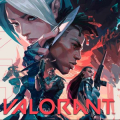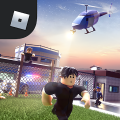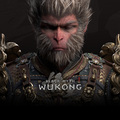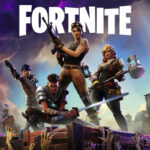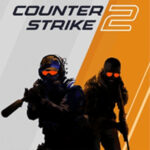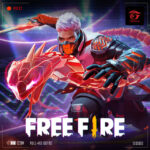
Brawl Stars
Popular Now
Introduction
Matchmaking in Brawl Stars has long been a controversial topic among players. While Supercell continuously refines the system, complaints about unfair matches, unbalanced team compositions, and frustrating experiences persist. This article delves into the core issues surrounding matchmaking, analyzing its impact on different aspects of the game and exploring possible solutions.
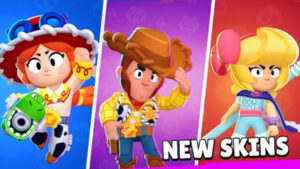
1. The Purpose of Matchmaking in Brawl Stars
The matchmaking system in Brawl Stars is designed to ensure fair and competitive gameplay.
1.1 How Matchmaking Works
-
The system primarily uses Trophy Range, pairing players with similar trophies.
-
It also considers Power Levels and sometimes Skill-based Metrics in ranked modes.
1.2 The Ideal Matchmaking Goal
-
Matches should be balanced, ensuring both teams have an equal chance of winning.
-
Players should be paired with teammates who complement their skill level and playstyle.
However, reality often deviates from this ideal, leading to frustration among the player base.
2. The Problem with Trophy-Based Matchmaking
Despite its logic, trophy-based matchmaking has critical flaws.
2.1 High Trophies Doesn’t Mean High Skill
-
Many players push trophies by playing against weaker opponents in casual matches.
-
This leads to situations where high-trophy players lack the expected skill.
2.2 The Reverse Problem: Skilled Players with Low Trophies
-
Skilled players can intentionally keep trophies low, facing easier opponents.
-
This is often called "trophy dropping", ruining the experience for newer players.
3. Power Level Disparities in Matchmaking
Another major issue in Brawl Stars matchmaking is the impact of Power Levels.
3.1 How Power Levels Affect Gameplay
-
Power 11 brawlers with maxed-out gears have a huge advantage over Power 7-8 players.
-
The matchmaking system doesn’t always account for these differences.
3.2 The Pay-to-Win Effect
-
Players who spend money can max out brawlers quickly, creating an unfair skill gap.
-
Free-to-play users struggle when facing overpowered, maxed-out opponents.
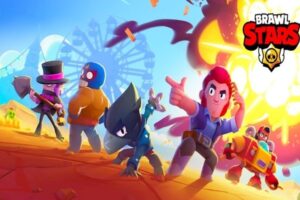
4. Solo vs. Team Players: The Disadvantage of Playing Alone
Playing with random teammates is often frustrating and unpredictable.
4.1 The Struggles of Solo Players
-
Solo players often get matched against pre-made teams who communicate better.
-
Random teammates might not pick meta brawlers, reducing the chances of winning.
4.2 The Advantage of Playing in a Team
-
Team-based communication allows for better strategies.
-
Players who queue together control the draft phase better in ranked modes.
5. The Issue of Unbalanced Drafting in Power League
Ranked modes in Brawl Stars bring an additional layer of frustration.
5.1 The Drafting Problem
-
Players lock bad brawlers or don’t pick based on counters.
-
Teammates refuse to adapt, causing major disadvantages.
5.2 A Possible Fix: Pre-Game Role Selection
-
Introducing roles (Tank, DPS, Support) could improve draft quality.
-
A better tutorial system to teach counter-picking would benefit new players.
6. Matchmaking in High Ranks: The Waiting Game
At higher ranks, matchmaking becomes even more problematic.
6.1 Why High Ranks Struggle to Find Matches
-
The system struggles to find players with similar skill levels.
-
Long queue times lead to uneven matchups, where a team gets lower-rank opponents.
6.2 Potential Fixes for High-Rank Players
-
Regional matchmaking could help balance wait times and match quality.
-
Flexible matchmaking windows for competitive players could improve experience.
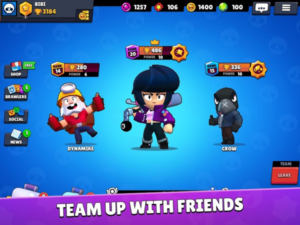
7. Smurfing and Alternative Accounts
Some players abuse matchmaking by using smurf accounts.
7.1 How Smurfing Harms the Game
-
High-skill players intentionally play on low-ranked accounts.
-
This leads to unfair matches where new players get destroyed.
7.2 Preventing Smurfing
-
Implementing account verification to prevent excessive smurfing.
-
Adjusting matchmaking to detect suspiciously high performance.
8. The Role of Bots in Matchmaking
Supercell uses bots to fill gaps, but this often leads to problems.
8.1 Why Bots Can Ruin Matches
-
Bots are predictable and easy to abuse.
-
Sometimes, players get bots on their team while the enemy team is full of real players.
8.2 A Smarter Approach to Bots
-
Improving bot AI to make them more competent.
-
Only adding bots in low-rank casual matches.
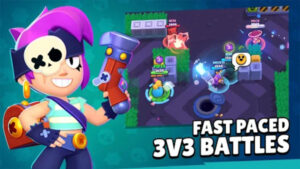
9. Player Feedback and Matchmaking Transparency
Supercell doesn’t always reveal the inner workings of matchmaking.
9.1 Lack of Information Frustrates Players
-
Players don’t understand why they get bad teammates.
-
Transparency would help the community accept matchmaking changes.
9.2 A Solution: Matchmaking Transparency Reports
-
Providing detailed matchmaking reports at the end of games.
-
Showing why certain teammates were chosen based on stats.
10. The Future of Matchmaking in Brawl Stars
Fixing matchmaking isn’t simple, but improvements can be made.
10.1 Potential Future Improvements
-
Skill-based matchmaking could help balance ranked games.
-
More focus on team composition rather than pure trophies.
10.2 The Final Verdict
-
Supercell needs to prioritize fairness over queue speed.
-
Small incremental improvements can make a huge difference.
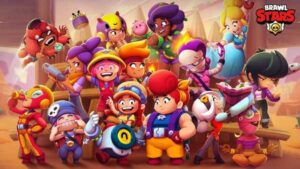
Conclusion
Matchmaking in Brawl Stars has room for improvement. Issues like power level imbalances, solo queue disadvantages, and smurfing make it frustrating for many players. However, with better transparency, improved drafting, and skill-based adjustments, the system could evolve into a much fairer experience.


